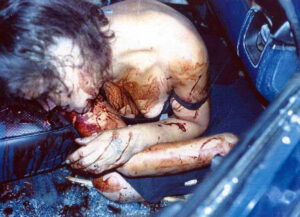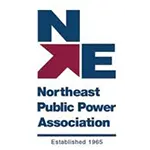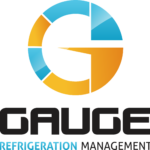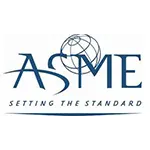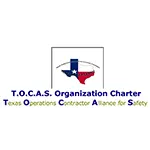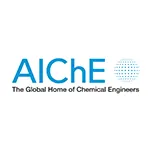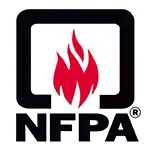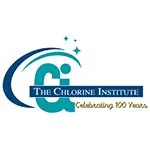Let us help you make sense of PSM / RMP!
My friend Brian Chapin will be offering an open-enrollment PSM/RMP class in Burleson, Texas, July 8th to 11th, 2025. Brian is an absolute pro in NH3 Refrigeration Process Safety. Anyone who attends will also get a FREE membership to SAFTENG. You can get more information on the class with this link.
CLICK HERE to Renew your Membership
CLICK HERE for a NEW Membership
CLICK HERE to see eligibility requirements for FREE Membership
If you have any questions, please contact m
SAFTENG has:
- Over 18,000 categorized unsafe acts/conditions and accident/injury photos
- Over 1,500 ppt's & doc's in the SAFTENG Library
- Over 4,000 Technical Articles on Process Safety, Emergency Response & OSH topics
- Over 450 videos (those not allowed on YouTube Channel)
Many THANKS to my NEW Members and those who CONTINUE to support SAFTENG:









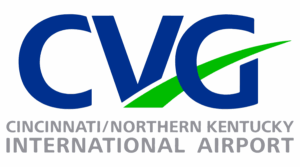




August 17, 2010
Emergency Services Accident Page #2 This page was last updated on 05/06/2010 Firefighter dies after being trapped in burning house (a volunteer firefighter who was injured when a floor collapsed beneath him in a burning home has died – he became trapped in the basement of the burning house – seven other firefighters suffered lesser injuries rescuing him – he was an Indiana certified...
Read More
August 17, 2010
Emergency Services Accident Page #1 This page was last updated on 05/06/2010 South Carolina Firefighter Burned In Flashover HEATHER CASPI Firehouse.Com News A South Carolina firefighter suffered serious burns when he became disoriented and trapped after a flashover at a live-fire training exercise Monday. Tom Jurgensmeyer, 25, suffered second, third, and fourth degree burns over 26 percent of...
Read More
August 17, 2010
Electrical Accidents Electrical Accidents #1 Electrical Accidents #2 Electrical Accidents #3 Electrical Accidents #4 Electrical Accidents #5 Electrical Accidents #6 Electrical Accidents #7 Electrical Accidents #8 Electrical Accidents #9 (most recent accidents) OSHA’s Electrical Accident Investigation Summaries Electrical Accident Summary for the year 2001 from the Ontario Ministry of Labor Washington...
Read More
August 17, 2010
Crane & Bucket Truck Accidents
OSHA Crane Accident Investigation Summaries
Crane Accidents #1
Crane Accidents #2
Crane Accidents #3
Crane Accidents #4
Crane Accidents #5
Crane Accidents #6
Crane & Bucket Truck Accidents #7 (most recent incidents)
Read More
August 17, 2010
Confined Space Entry Accidents WORKER DEATHS IN CONFINED SPACES – A Summary of NIOSH Surveillance and Investigative Findings; January, 1994 (over 100 CSE Accidents from NIOSH) OSHA’s Confined Space Accident Investigation Summaries (476 Incident Summaries) Confined Space Accidents #1 Confined Space Accidents #2 Confined Space Accidents #3 Confined Space Accidents #4 Confined Space Accidents...
Read More
August 17, 2010
Construction Accidents Page
Construction Accidents 1
Construction Accidents 2
Construction Accidents 3
Construction Accidents 4
Construction Accidents 5
Construction Accidents 6
Construction Accidents 7
Construction Accidents 8
Construction Accidents 9
Construction Accidents 10
Construction Accidents 11
Construction Accidents 12 (most recent accidents)
Read More
August 17, 2010
Chemical Accidents Archives Page
Chemical Accidents Page 1
Chemical Accidents Page 2
Chemical Accidents Page 3
Chemical Accidents Page 4
Chemical Accidents Page 5
Chemical Accidents Page 6
Chemical Accidents Page 7
Read More
August 17, 2010
PLEASE NOTE this page and its links are messed up. Working on figuring out why the links are not working properly. Incident Alert ArchivesOver 20,000 Incidents 1999-2007 Incident Alerts Archives Chemical Accidents Page Confined Space Accident Page Construction Accidents Page Crane & Bucket Truck Accident Page Electrical Accident Page Emergency Services Accident Page #2 Falls (includes...
Read More
August 12, 2010
Tip #1- quick safety seat checkup Does your child ride in the back seat? The back seat is generally the safest place in a crash. If your vehicle has a passenger air bag, it is essential for children 12 and under to ride in back. Does your child ride facing the right way? Infants should ride in rear facing restraints, preferably in the back seat, until about age 1 and at least 20-22 lbs. Infants...
Read More
August 12, 2010
Seat Belt Safety Info for Adults Information for Child Passengers NHTSA 2001 Buckle Up America Homepage 1999 Traffic Safety Facts AAA Foundation for Vehicle Safety Advocates for Highway and Auto safety Air Bag and Seat Belt Safety Campaign – USA Driver’s.com National Safety Belt Coalition – USA Seatbelts and why you should use them Why Seat-belts Child Passenger Safety Tips (Child...
Read More


